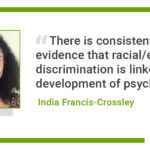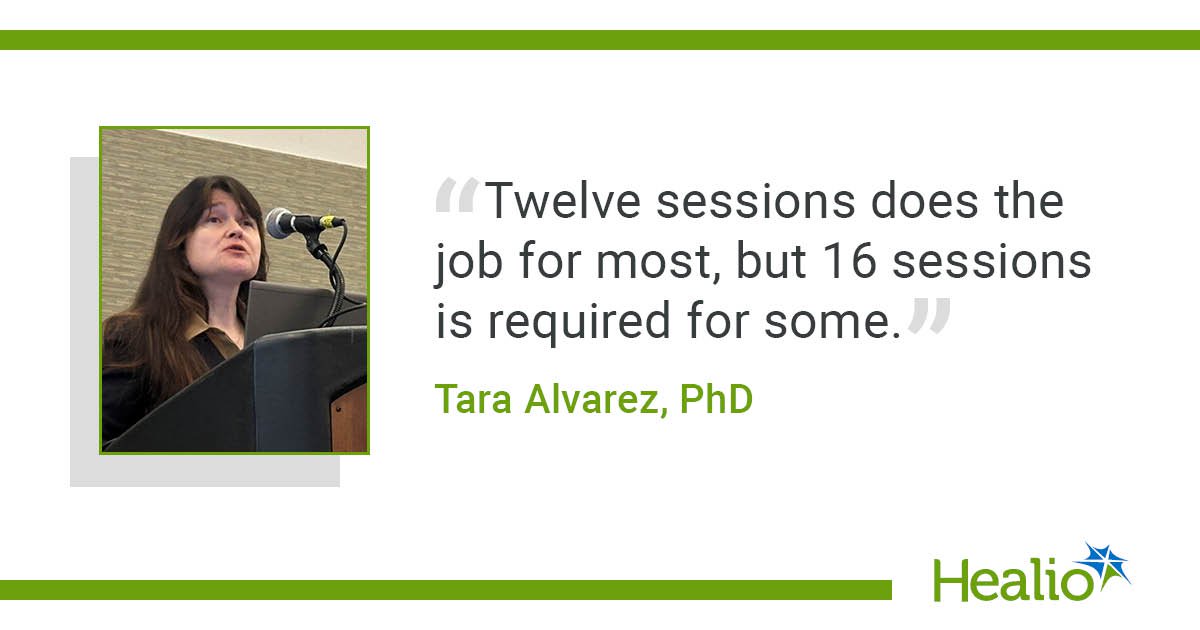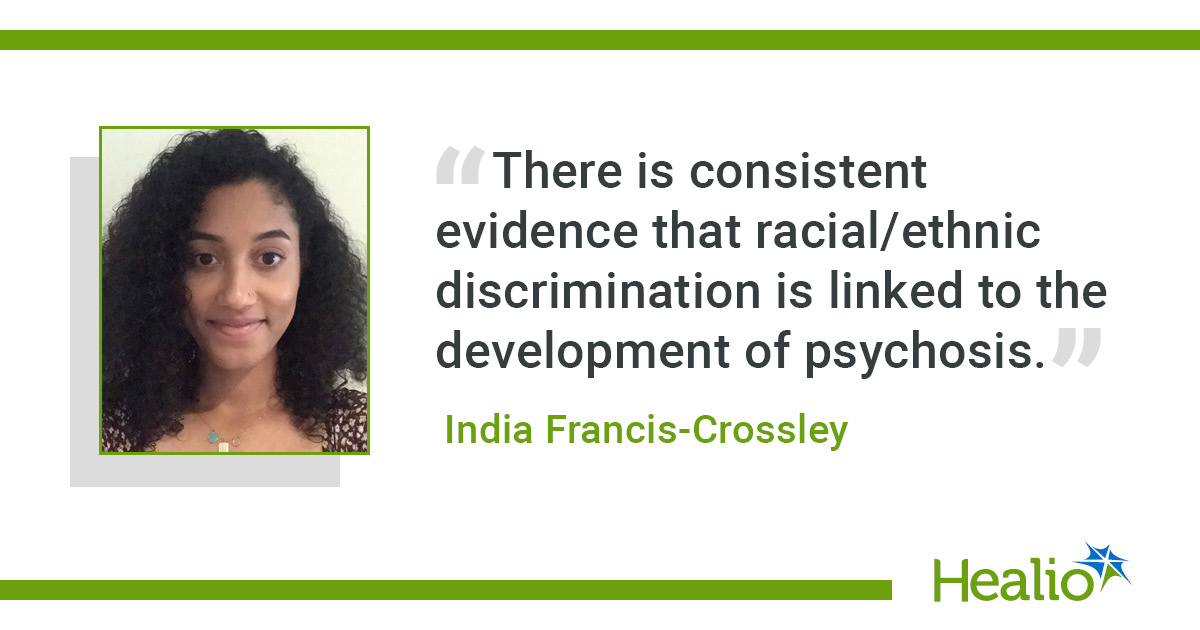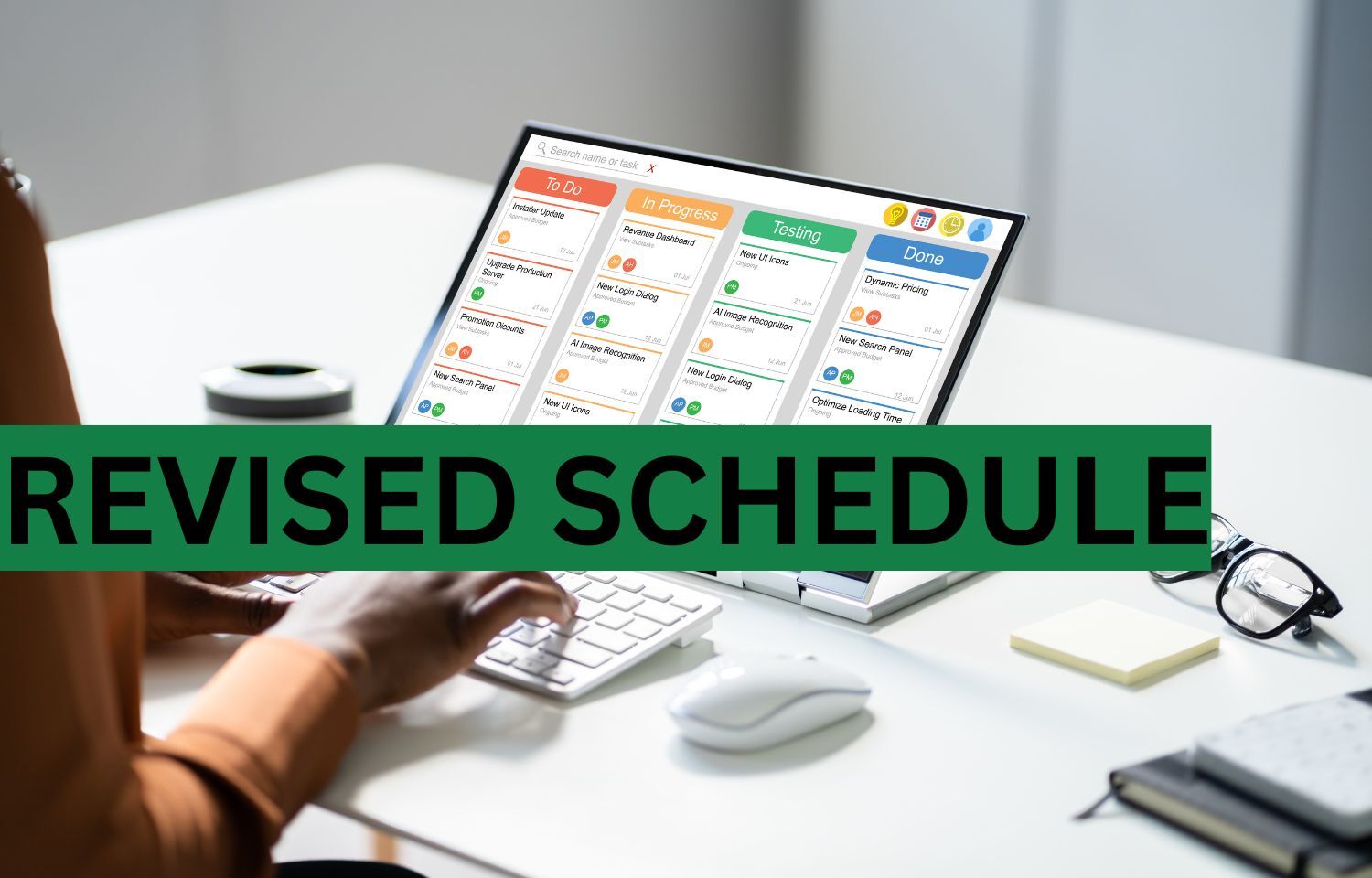October 09, 2025
2 min read
Key takeaways:
- Clinical signs and symptoms were improved after 12 weeks of therapy compared with 6 weeks of observation.
- Sixteen sessions of therapy may be required for some.
BOSTON — Concussion-related convergence insufficiency was significantly improved after 12 weeks of office-based vergence and accommodative therapy compared with 6 weeks of watchful waiting, according to a presenter at Academy 2025.
Tara Alvarez, PhD, said at an academy-sponsored press conference that she and her colleagues conducted a randomized clinical trial, enrolling patients 11 to 25 years old who had a concussion in the last 6 months with persisting symptoms and a diagnosis of concussion-related convergence insufficiency.

Alvarez, distinguished professor of biomedical engineering, director and founder of the Vision and Neural Engineering Laboratory, and director of the undergraduate biomedical engineering program at New Jersey Institute of Technology, said they sought to determine four things:
- What is more effective, office-based vergence and accommodative therapy with movement (OBVAM) or watchful waiting?
- If OBVAM is delayed, will that impact effectiveness?
- Which is better, 16 or 12 sessions of therapy?
- What is the underlying mechanism by which the therapy is changing the brain?
Researchers conducted baseline assessments and a vision exam and recorded objective eye movement and functional imaging.
“One group started therapy immediately,” Alvarez said. “There were 12 sessions, twice per week, and the other group went into watchful waiting for 6 weeks.”
The point of convergence for both groups was “virtually the same,” she said, “where the normalcy line is 6 cm. … However, the delayed group did show some improvement, but the [near point of convergence] was still receded at about 9 cm.
“Conversely, the ones that went into active therapy immediately were remediated, and their near point of convergence was about 4 cm.”
Alvarez said that once both groups received 16 OBVAM therapy sessions, there was no difference, “but the consequences were that the delayed group had reduced return to activities.”
“More people (87%) remediated at 16 sessions compared to 79% at 12 sessions,” she said. “This was also seen in positive fusional vergence, amplitude of accommodation and accommodative facility.”
Symptoms also improved, with a return to pre-injury levels, Alvarez said.
Regarding the difference in brain activity, “we see an improvement after therapy compared to baseline, and those differences were significant in the V3 — the disparity processing area — and the oculomotor vermis,” she said.
“So, to conclude, what we found is that clinical signs and symptoms are substantially and significantly improved at 12 sessions compared to 6 weeks of watchful waiting. Effectiveness is not impacted by the delay, but it is recommended to start right away so we can facilitate return to activities. Twelve sessions does the job for most, but 16 sessions is required for some, and it’s the oculomotor vermis and the disparity processing centers of V3 that are the underlying neural mechanisms.”








